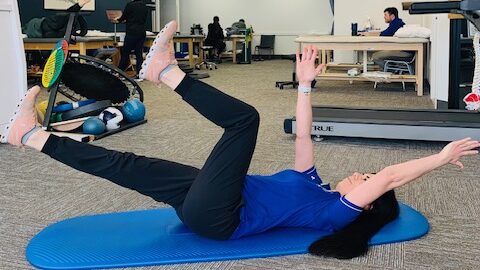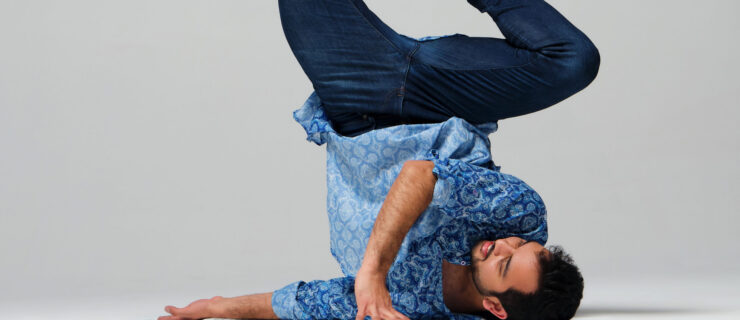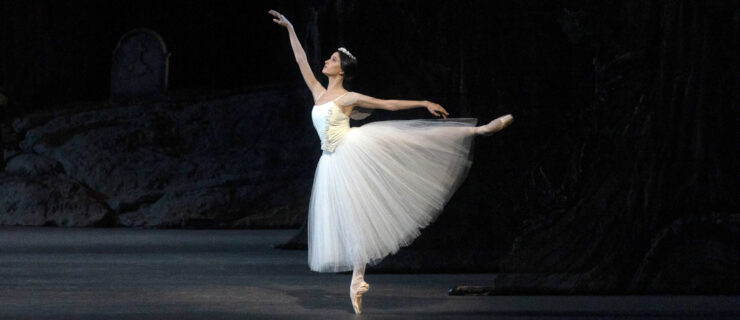Pain in the Lower Back? Here’s Why You Shouldn’t Ignore It
Feeling a pain in the low back, near the sacrum? Struggling to put weight on one leg? Experiencing discomfort while hiking, walking long distances, or climbing stairs? These symptoms could be signs of sacroiliac (SI) joint dysfunction. “In dancers, that area does take a pounding, and it can definitely be a pain generator more often than in the general public,” says Barry Sigrist, co-director of Production Physiotherapy, a UK-based physical therapy practice specializing in treating performers.
When addressed and managed, SI joint dysfunction is easily treatable. But when ignored, this condition can affect other structures in the body, potentially leading to more serious issues. “Your SI joint is your center of gravity, so you don’t want to ignore it for too long,” says Sylvie Le, a physical therapist and yoga instructor based in Rhode Island. “You will end up having pain down the kinetic chain, like in the lower back—even in the neck. There’s research that shows if there’s SI joint dysfunction, it can lead to jaw pain and headaches.”
What Is SI Joint Dysfunction?
The SI joints connect the sacrum (the triangular bone at the base of the spine) to the pelvis, providing stability and support to the spine while allowing for a small amount of movement. These joints don’t naturally have a large range of motion, and dysfunction can occur when they are moving either too much or not enough.
The SI joints play a key role in walking, running, and other similar motions, and dysfunction can also occur if one side is moving more than the other, or they are otherwise out of balance. “The SI joints might not be moving symmetrically, or they might be in a position in which they’re not neutral, or they might have shifted or rotated in one direction,” Le explains. “That can cause you to start overusing one hip and maybe underusing another. This can lead to poor load distribution up your spine.”
SI joint dysfunction can also manifest as pain and weakness in the groin/hip flexor area, snapping and popping in the SI joints (see sidebar), limping, pain while sitting, or a feeling of stiffness in the glutes and low back.
Causes and Treatment
Sigrist explains that SI joint dysfunction often can be the result of a weakness in the muscles that stabilize the joint, like the glutes, hip flexors, and abdominals. Less commonly, SI joint dysfunction can be caused by some form of blunt trauma—for example, if a dancer falls backwards and lands on their tailbone.
Strengthening the SI joint stabilizers can be an important aspect of recovery, and a physical therapist trained to work with dancers can offer specifically tailored recommendations. There are also common exercises to work into a warm-up, to help with mitigation and/or prevention (see sidebar). In addition to strengthening exercises, physical therapists might also do joint-mobilization work if stiffness is present. Use of stabilization tools, like tape or an SI joint belt, might also be recommended.
Sophie Lane, who co-founded Production Physiotherapy with Sigrist, cautions that dancers should be extra-aware of overstretching in the pelvic area. She emphasizes the importance of building strength and not pushing the body to its limit without the musculature to support it. “I like to see this area around your pelvis as your tree trunk, and your legs and your arms are your branches,” she explains. “If you build capacity and strength through the trunk, then that’s where we would like to see pain reducing and performance increasing.”
Pop, Pop
Sometimes dancers who are suffering from SI joint dysfunction may want to pop the joint for relief. But is this approach helpful or harmful? According to Sophie Lane, co-director of Production Physiotherapy, popping isn’t inherently bad, but it is usually a sign that an underlying condition needs to be addressed. “It won’t do any harm, but it will be short-term relief,” she explains, adding that the goal of working with a physical therapist is to move away from quick fixes towards establishing long-term solutions.
Strengthen and Support
Sylvie Le, MSPT, DPT, recommends the following exercises for strengthening the SI joint stabilizers:
Bird Dog: Start in a stable hands-and-knees position. Lift the right arm and left leg until they are parallel with the floor, without moving the trunk. Switch sides and repeat.
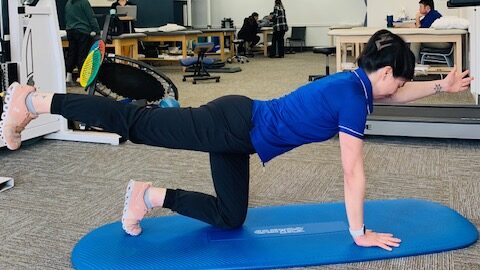
Glute Bridge: Start by lying on your back with your knees bent. Pushing through your feet and using your glutes, lift up into a bridge position.
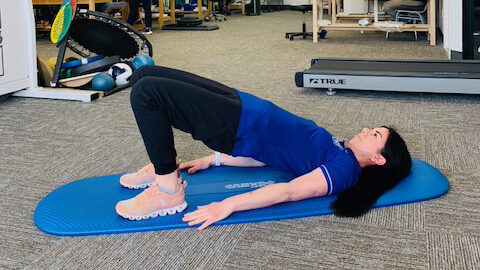
Dead Bug: Start on your back with your legs in tabletop and your arms reaching towards the ceiling. Lower and straighten the left leg and right arm to 45 degrees, return to neutral, and repeat on the other side.

